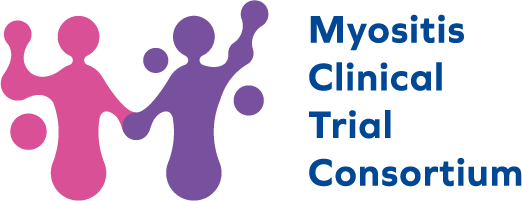Outcome Measures in Inflammatory Myopathies
Challenges in Developing Outcome Measures for IIM
- Lack of universally standardized outcome measures that can accurately capture the full range of disease manifestations. Muscle
weakness, extramuscular involvement (such as skin, lung, and joint involvement), and patient-reported outcomes all need to be considered. - The varied ways in which IIM manifests and progresses in different patients make it challenging to develop outcome measures that are both precise and responsive.
- The rarity of the disease makes it difficult to collect sufficient data for validation, especially across different clinical and research settings.
Aims of the Outcome Measures Working Group:
- Developing Comprehensive Outcome Measures:
Create and validate reliable, meaningful and responsive outcome measures that encompass both muscle, skin and extra-muscular
manifestations, ensuring that the full spectrum of IIM is captured in clinical assessments and research trials. - Harmonizing Outcome Measures Across Studies:
Standardize outcome measures across clinical trials and observational studies to ensure comparability of results, facilitating more robust meta-analyses and evidence synthesis. - Incorporating Patient-Reported or Centered Outcomes:
Develop and promote the use of patient-reported or patient centered outcome measures (PRO/PCOs) to capture the impact of IIM on quality of life, fatigue, and physical function from the patient’s perspective. - Promoting International Collaboration:
Encourage collaboration between international research groups to establish large datasets for validating outcome measures and ensuring they are applicable to diverse populations. - Refining Tools for Clinical Practice:
Work on translating validated outcome measures into tools that can be easily used in routine clinical practice, helping physicians to better track disease activity and response to treatment in real-time. - Ensuring Responsiveness:
Focus on developing outcome measures that are sensitive enough to detect subtle changes in disease activity, allowing for more timely and appropriate adjustments to treatment plans.
